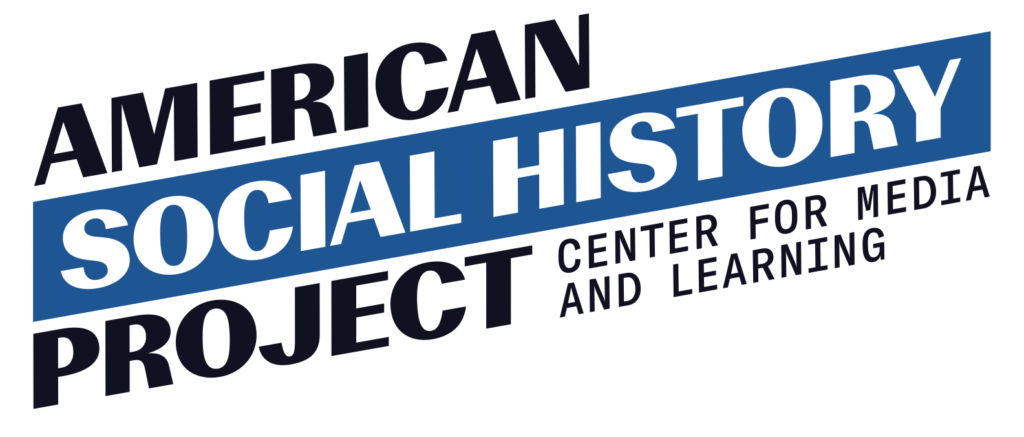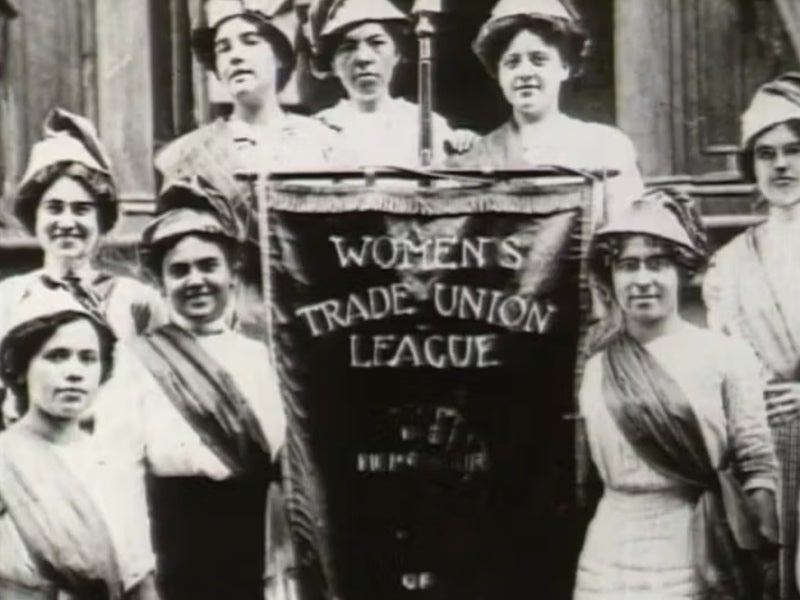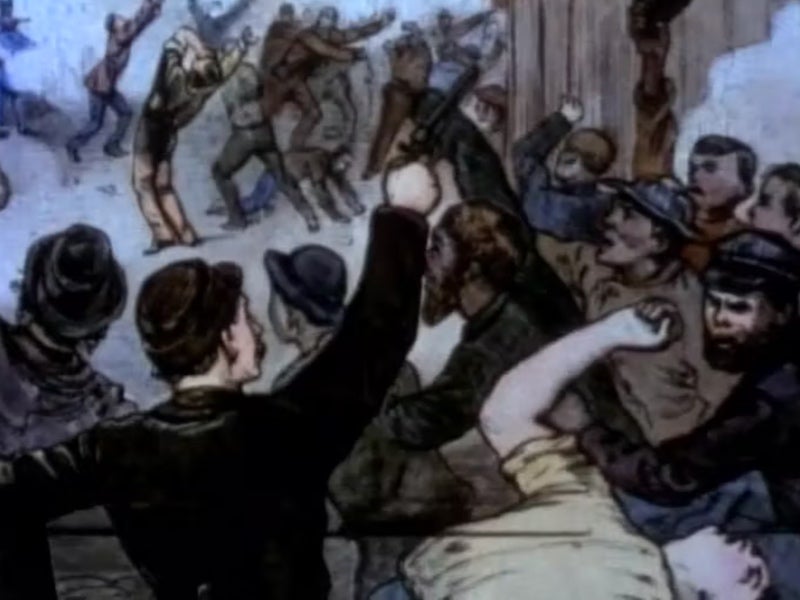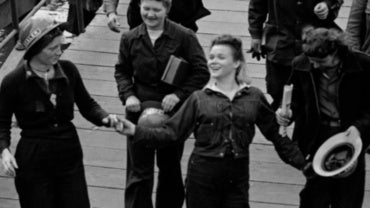American Social History Project
/ Center for Media and Learning

ASHP/CML is a research center at the Graduate Center of the City University of New York. ASHP/CML creates teaching resources, produces public media, and leads professional development seminars that expand the ways that people learn about the past and explore the diverse social and cultural histories of the nation.
Featured

Heaven Will Protect the Working Girl: Immigrant Women in the Turn-of-the-Century City
An unexpected friendship between two Italian and Jewish immigrant girls provides the backdrop for this story of labor organizing and women’s growing activism. While working in harsh sweatshops and factories, the young women also experienced the thrills of movies, amusement parks and dance halls. As their numbers in the workforce grew and working conditions declined they took matters into their own hands. In 1909, garment workers staged the “Uprising of the 20,000,” a massive strike that won union recognition and transformed the role of women in the union movement.

Five Points: New York’s Irish Working Class in the 1850s
New York’s Five Points, the most notorious urban slum of the antebellum period, is seen through the conflicting perspectives of a native-born Protestant reformer and an immigrant Irish-Catholic family. Members of the Mulvahill family describe daily life in a complicated neighborhood, contradicting nineteenth-century stereotypes about the immigrant poor.

Up South: African-American Migration in the Era of the Great War
During World War I, tens of thousands of African Americans fled the South. In Up South, a Mississippi barber and a sharecropper woman tell how they organized groups to escape Jim Crow laws, lynchings, and forced labor. The promise of freedom and full citizenship drew them to Chicago. Once there, the migrants faced poor housing, discrimination on the job, and racial violence. They responded by forming women’s clubs, engaging in political campaigns, and creating the “New Negro” movement.

1877: The Grand Army of Starvation
A nationwide rebellion brought the United States to a standstill in the summer of 1877. Eighty thousand railroad workers walked out, joined by hundreds of thousands of Americans outraged by the excesses of the railroad companies and the misery of a four-year economic depression. Police, state militia, and federal troops clashed with strikers and sympathizers, leaving more than one hundred dead and thousands injured. The Great Uprising inaugurated a new era of conflict over the meaning of America in the industrial age.
Related
Part of the City University of New York, the American Social History Project is a recognized leader in effective, engaging history education. Who Built America Badges for History Education is designed for Grade 7-12 teachers


